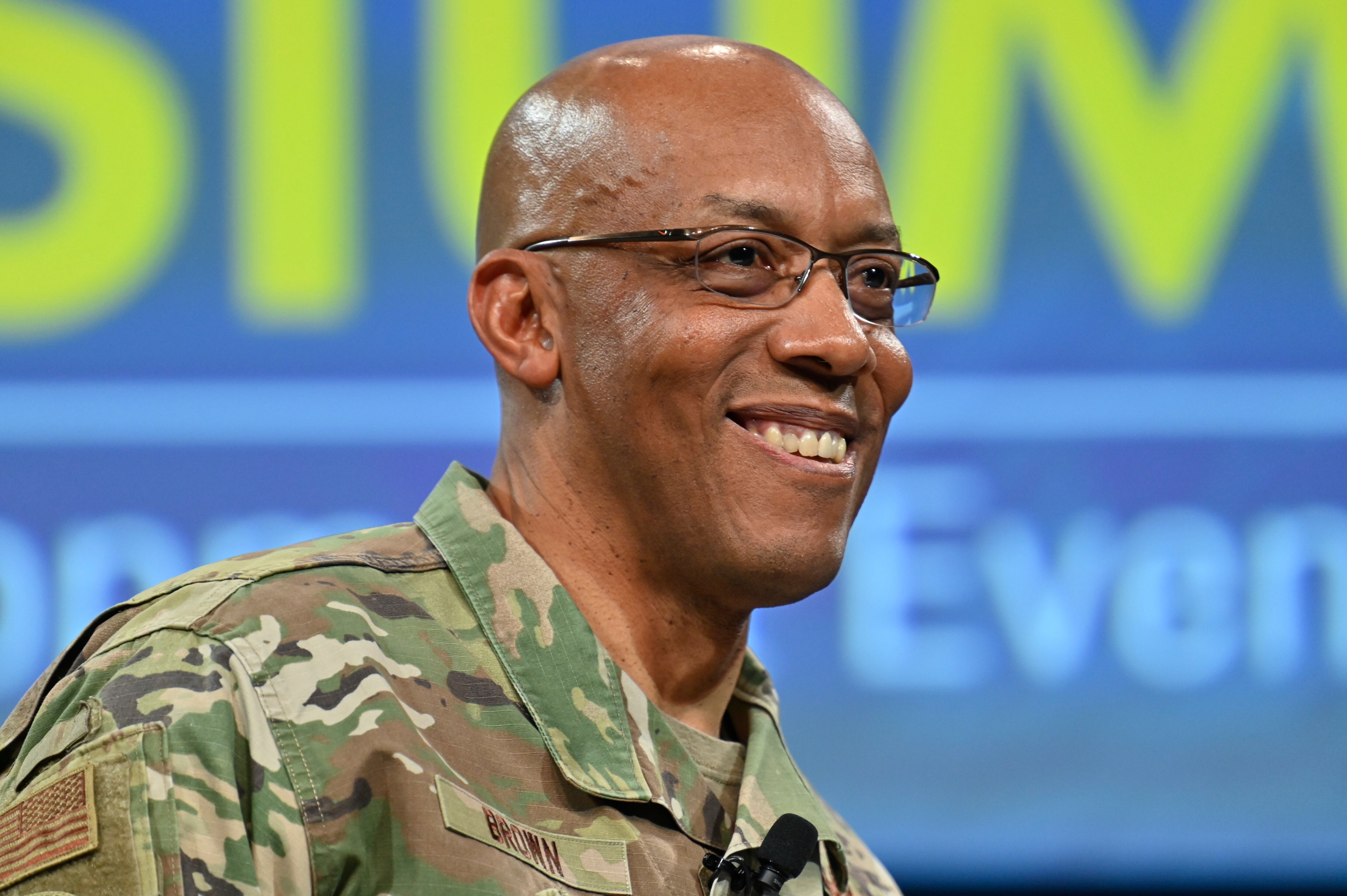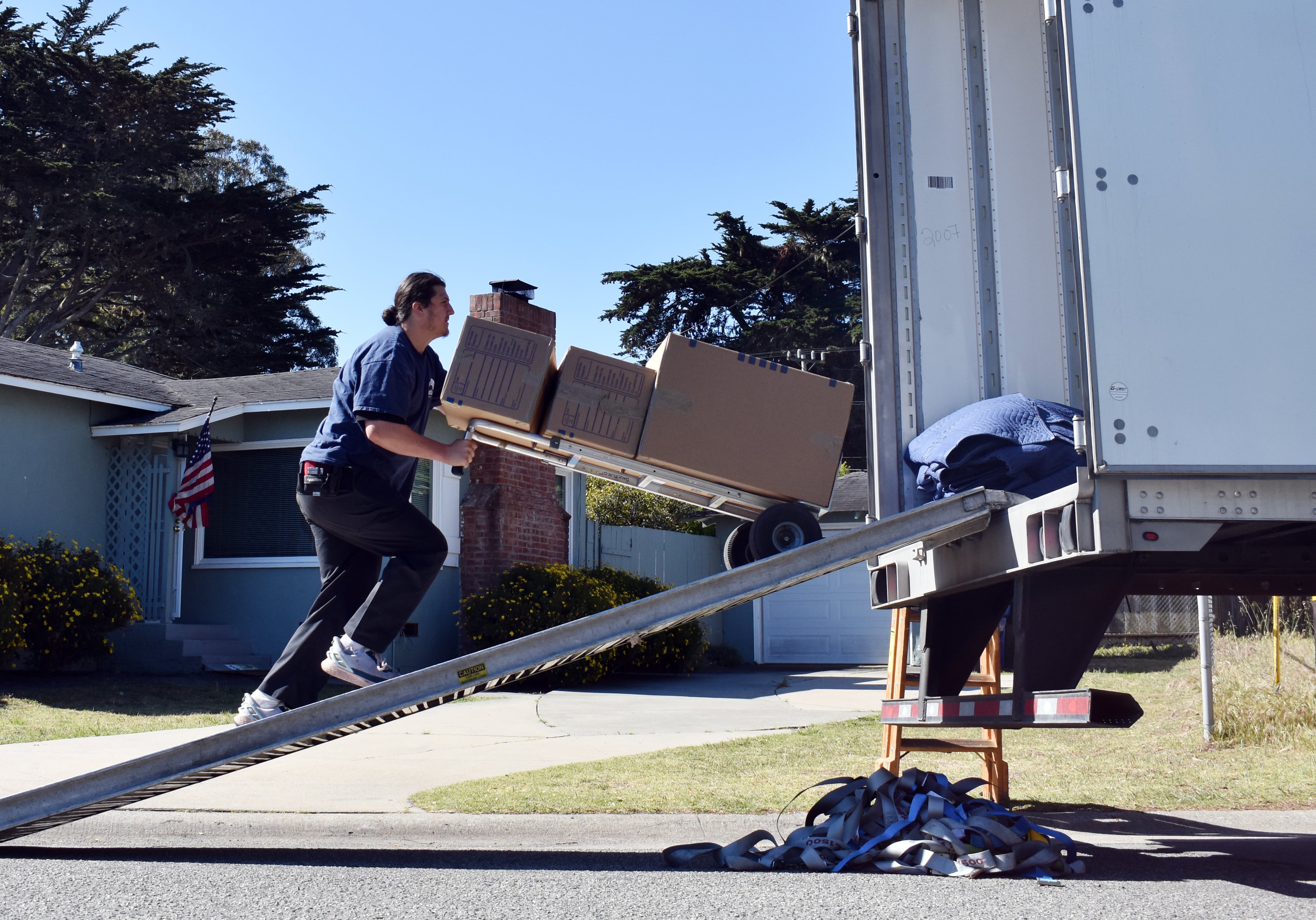The Department of the Air Force’s request for $215.1 billion in fiscal 2024, unveiled Monday, would maintain the status quo through a marginal decrease in jobs and just enough time in the cockpit to keep airmen’s skills fresh.
Most of that funding — $185.1 billion — would go toward the Air Force, which is working with an enacted budget of $179.7 billion this fiscal year. Another $30 billion would head to the Space Force.
If approved by Congress, the 4.5% boost over 2023 would largely pay for more investments in developing and buying new technology, plus cover its expensive operations-and-maintenance bill. It would also fuel the Space Force’s 30% growth in its fourth year.
RELATED

“We’re in a situation, strategically, where we have to make a transformation to next-generation capabilities,” Air Force Secretary Frank Kendall told reporters at an embargoed briefing on March 10. “If we stay where we are, and emphasize keeping the current force strong … we’re going to be falling behind pretty rapidly.”
The Air Force is the third-largest branch of the armed forces, with an estimated 647,000 uniformed and civilian jobs in 2024.
Next year, the Department of the Air Force plans to have 512,100 enlisted and officer jobs across the active duty Air Force and Space Force, Air National Guard and Air Force Reserve. An estimated 504,000 troops currently fill those jobs, according to Pentagon data.
The active-duty Air Force would account for 324,700 of those slots, down from the 325,344 that were granted by Congress this year. It also seeks approval for 108,400 billets in the Air Guard — no change — and 69,600 billets in the Reserve, slightly fewer than the prior year.
Several hundred jobs are no longer needed as the service changes over time, spokesperson Ann Stefanek said.
It is in the process of retiring hundreds of outdated aircraft like the E-3 Sentry and E-8 Joint STARS jets, which track targets on land and in the air, and bringing in platforms like the F-15EX Eagle II fighter, B-21 Raider bomber and the E-11 communications relay plane. The service expects to downsize from 5,154 to 4,964 aircraft next year.
RELATED

Seven hundred jobs are moving from the Air Force to the Space Force as well, Air Force budget chief Maj. Gen. Michael Greiner told reporters March 10.
The Space Force is projected to grow to 9,400 billets, but would remain the Pentagon’s smallest branch at 14,300 jobs overall.
If the request is enacted, troops would see a 5.2% pay raise — the largest in 22 years — plus an estimated 4.2% increase in their housing allowance and a 3.4% bump in meal allowances.
The department also hopes to grow from 148,633 to 149,571 civilian jobs. Those employees could receive a 5.2% raise as well.
RELATED

The Air Force’s active-duty end strength — or the number of people that fill those jobs — has declined more often than not in the past 25 years. That figure has hovered between 300,000 and 400,000 airmen since 1996.
Its high point came in 1952 with more than 983,000 active-duty airmen, according to the 2022 Air and Space Forces Association almanac. It fell to around 311,000 by 2015 before gradually rising again.
Without a steady stream of recruits to consistently grow the force, the Air Force is figuring out how to make the most of the people it already has.
“We’re doing a lot of training to try to reorient the force away from the missions we’ve been doing for 20 or 30 years … towards what we’re going to have to face in the future. It’s a pretty significant shift,” Kendall said.
RELATED

Teaching squadrons how to be “multicapable airmen,” or perform tasks outside of their usual job description, is one way they are trying to bridge that gap. Service officials believe their bases overseas will be greater targets in future conflicts, and that airmen have to be prepared to handle those consequences on their own.
If airmen are separated or killed in an attack, the remaining troops should be able to fulfill their mission without the help of a larger unit, Kendall said.
“They’re going to be operating under fire, essentially,” he said.
Kendall said he’s “very comfortable” with the quality of today’s airmen, despite recent recruiting struggles. The Air Force expects it will fall 10% short of its goal this year amid a strong civilian job market, dwindling interest in military service and a dearth of qualified candidates.
The fiscal 2024 budget request would increase spending on recruitment to seed more interest in serving, including an initiative to pay off up to $65,000 in student loan debt for new recruits.
RELATED

But the secretary is also pleased with retention: Once people join, they want to stay, he said.
There’s no substantial boost in flying time coming for military aviators. But ensuring that time in the cockpit doesn’t decline further is among Kendall’s top priorities for daily ops.
He indicated that the Air Force pulled money from other areas to again fund its flying program at 1.1 million hours. That allows airmen to practice flying often enough that their technical skills and judgment stay sharp enough to be safe in the air. Dwindling airtime is also one of several reasons why pilots leave the military for commercial airlines.
“I’ve made a strong commitment to our people to hold the line on that,” he said.
Rachel Cohen is the editor of Air Force Times. She joined the publication as its senior reporter in March 2021. Her work has appeared in the Washington Post, the Frederick News-Post (Md.), Air and Space Forces Magazine, Inside Defense, Inside Health Policy and elsewhere.




